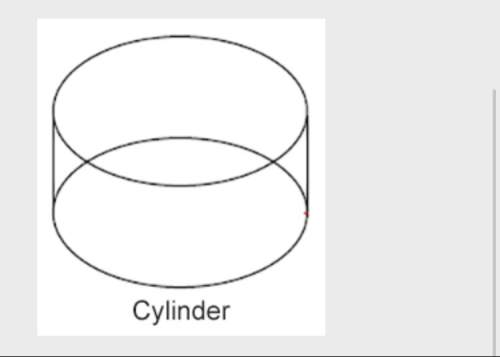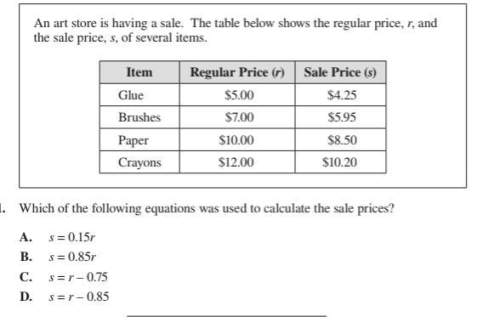
Mathematics, 22.04.2020 00:12 dogsarecute278
For many important processes that occur in the body, direct measurement of characteristics of the process is not possible. In many cases, however, we can measure a biomarker, a biochemical substance that is relatively easy to measure and is associated with the process of interest. Bone turnover is the net effect of two processes: the breaking down of old bone, called resorption, and the building of new bone, called formation. A biomarker for bone formation measured was osteocalcin (OC), measured in the blood. The units are nanograms per milliliter (ng/ml). For the 31 subjects in the study the mean was 33.4 ng/ml. Assume that the standard deviation is known to be 19.6 ng/ml. Report the 95% confidence interval:

Answers: 2
Another question on Mathematics

Mathematics, 21.06.2019 22:50
Type the correct answer in the box. use numerals instead of words. if necessary, use / for the fraction bar.
Answers: 1

Mathematics, 22.06.2019 01:40
Suppose we have a set of small wooden blocks showing the 26 letters of the english alphabet, one letter per block. (think of scrabble tiles.) our set includes 10 copies of each letter. we place them into a bag and draw out one block at a time. (a) if we line up the letters on a rack as we draw them, how different ways coukl we fill a rack of 5 letters? (b) now suppose we just toss our chosen blocks into a pile, and whenever we draw a letter we already have, we put it back in the bag and draw again. how many different piles of 5 blocks could result? possible? piles will contain at least one repeated letter? (c) if we draw out 5 blocks wit hout looking at them, how many different piles are (d) if we draw out 5 blocks without looking at them, how many of the possible 2. (4) consider the following formula. 12 give two different proofs, one using the factorial formulas and the other combina torial.
Answers: 3

Mathematics, 22.06.2019 03:30
In a coastal town, the humidity, measured in grams of water per kilogram of air, increases by 43% for every 1 degree celsius increase in temperature. a scientist observes that the humidity on monday morning is 5.75 grams per kilogram. he wants to know how much the temperature must increase for the humidity to reach at least 49.17 grams per kilogram. let t represent the increase in temperature, in degrees celsius, from monday morning's observation. write an inequality to represent the situation, and use it to determine the desired temperature increase.
Answers: 3

Mathematics, 22.06.2019 04:00
What is the answer to this problem? ignore the work. what is the correct answer?
Answers: 1
You know the right answer?
For many important processes that occur in the body, direct measurement of characteristics of the pr...
Questions



Computers and Technology, 14.05.2021 02:10

English, 14.05.2021 02:10


Mathematics, 14.05.2021 02:10





Chemistry, 14.05.2021 02:10


Social Studies, 14.05.2021 02:10

Mathematics, 14.05.2021 02:10





Mathematics, 14.05.2021 02:10

 level, that is the subtraction of 1 by the confidence interval divided by 2. So:
level, that is the subtraction of 1 by the confidence interval divided by 2. So:
 .
. , so
, so 

 is the standard deviation of the population and n is the size of the sample.
is the standard deviation of the population and n is the size of the sample.




